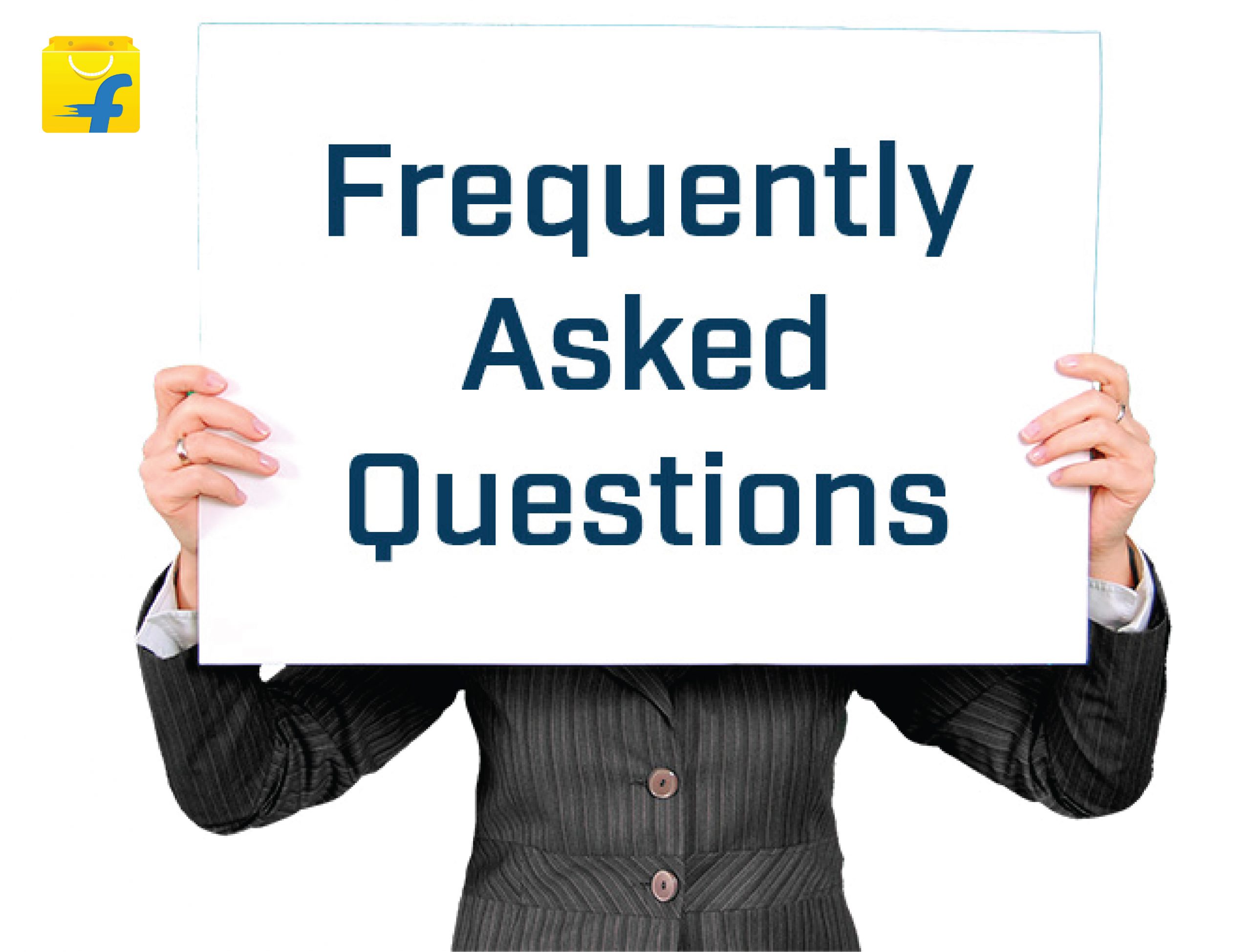
Flipkart Seller FAQ’s
Getting Started
- Who Can Sell on Flipkart?
People and businesses in India with a PAN card can become Flipkart sellers. If you’re just a person, you can also sell through authorized partners if you don’t have a registered business.
- What documents are required for registration?
The necessary documents may vary based on your business type. In general, you’ll need your PAN card, bank account details, GST certificate (if applicable), and product licenses if they are required for your specific products.
- Is there a mandatory minimum investment?
No, there is no obligatory minimum investment needed to start selling on Flipkart. You can list your products and initiate your selling journey with minimal upfront costs.
- What products are allowed/restricted on the platform?
Flipkart has guidelines for permitted and restricted products. Check the list for details before listing. Avoid anything prohibited, unsafe, or illegal.
- Can I sell used/refurbished goods?
Certain categories allow used/refurbished goods with clear labeling and quality standards. Always clarify product condition and follow platform guidelines.
- How much does it cost to list products?
Listing fees may vary depending on category and subscription plan. Check Flipkart’s seller fee structure for specifics.
- What seller subscription plans does Flipkart provide?
Flipkart provides a range of seller subscription plans, including basic and premium options, each offering distinct benefits such as commission rates, listing limits, and access to support. Select the plan that aligns most effectively with your specific requirements.
Product Management
- How do I create product listings?
Flipkart provides tools and templates for creating detailed product listings with accurate descriptions, specifications, and high-quality images. Remember, clear and honest information builds trust with buyers.
- How do I manage product pricing and inventory?
Flipkart offers tools for setting competitive prices and tracking inventory levels. Be mindful of pricing strategies and stock availability to avoid order fulfillment issues.
- Can I give discounts on Flipkart?
Yes, you can! Flipkart lets you offer discounts to attract buyers. Just make sure your offers follow the rules and are clear, so customers know what they’re getting.
- What are the requirements for high-quality product images?
Use clear, well-lit images from multiple angles showing product details accurately. Flipkart provides image size and format guidelines.
- How do I handle product returns and refunds?
Follow Flipkart’s return and refund policies for processing buyer requests fairly and efficiently. Always prioritize customer satisfaction.
Order Fulfillment
- Do I need to handle my own deliveries?
Not necessarily. Flipkart Fulfilment (FF) provides convenient options for packaging, shipping, and delivery, while you can handle orders directly if preferred.
- What are the options for Flipkart Fulfilment (FF)?
FF offers various services like storage, packaging, and delivery through Flipkart’s network. Choose the option that best suits your needs and volume.
- How do I generate shipping labels?
Flipkart provides tools for generating shipping labels once orders are confirmed. Ensure accurate address details and track shipments regularly.
- Can I track my shipments and delivery status?
Yes, Flipkart gives you tools to see where your shipments are and check if they’ve been delivered to your buyers.
- What if something I sent gets damaged or lost while on the way?
If an order is damaged or lost, follow Flipkart’s rules for what to do. Talk to the buyers and try to fix things quickly and fairly.
Payments
- How does the selling commission structure work?
Commission rates vary depending on your product category and subscription plan. Check Flipkart’s website for details. Be aware of commission costs when setting prices.
- How do I get paid for my sales?
Flipkart facilitates seller payouts through direct bank transfers. Payout cycles may vary depending on your plan and volume.
- What is the average payout cycle?
Payout cycles typically range from 7 to 15 days after order completion. Check Flipkart’s terms and conditions for specific details.
- Are there any additional fees (processing, transaction, etc.)?
Yes, there may be additional fees like payment processing charges or GST applicable depending on your transactions. Be aware of all associated costs.
- Can I view my sales reports and insights?
Flipkart provides tools for viewing sales reports and gaining insights into customer behavior and product performance. Analyze data to refine strategies and improve sales.
Customer Support
- How do I deal with customer questions and issues?
Answer quickly and politely to customer questions and problems. Be nice and try to find solutions that make everyone happy, following Flipkart’s rules.
- What if customers want to return or get a refund?
Learn and read the Flipkart’s rules for returns and refunds. This will help you understand what to do when customers want to send things back or get their money back.

